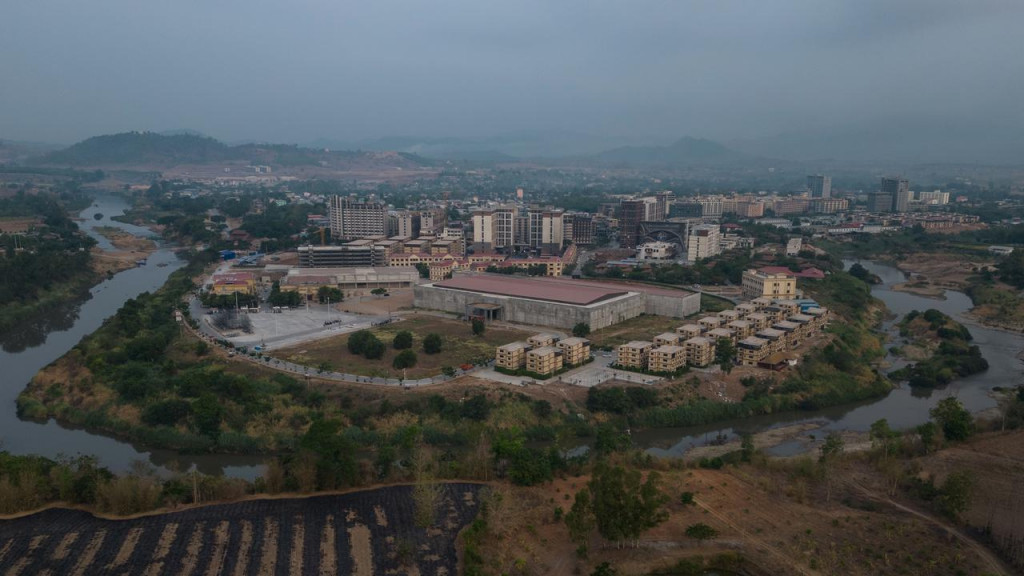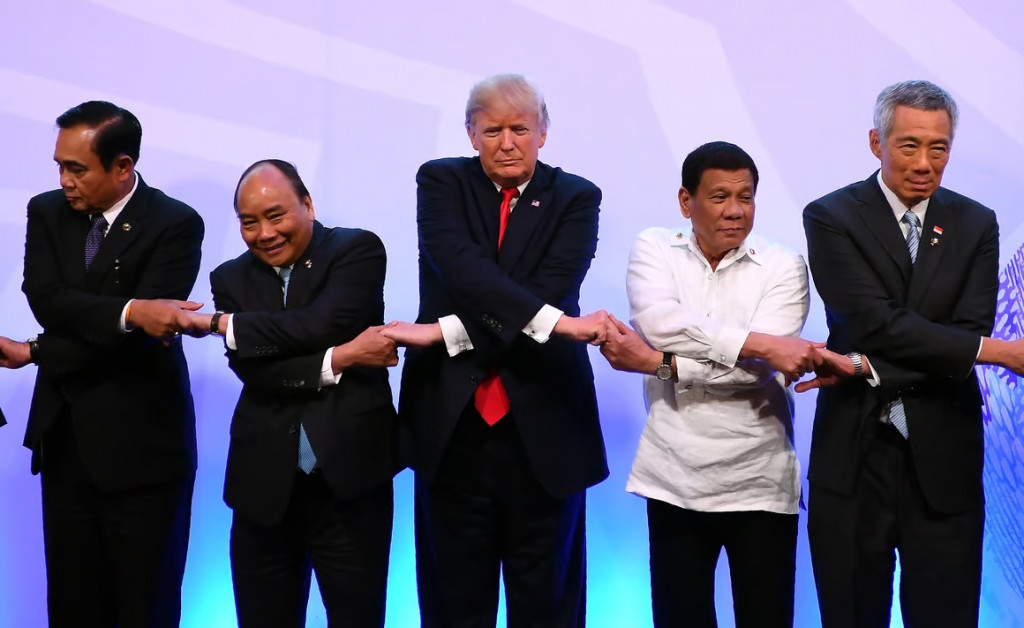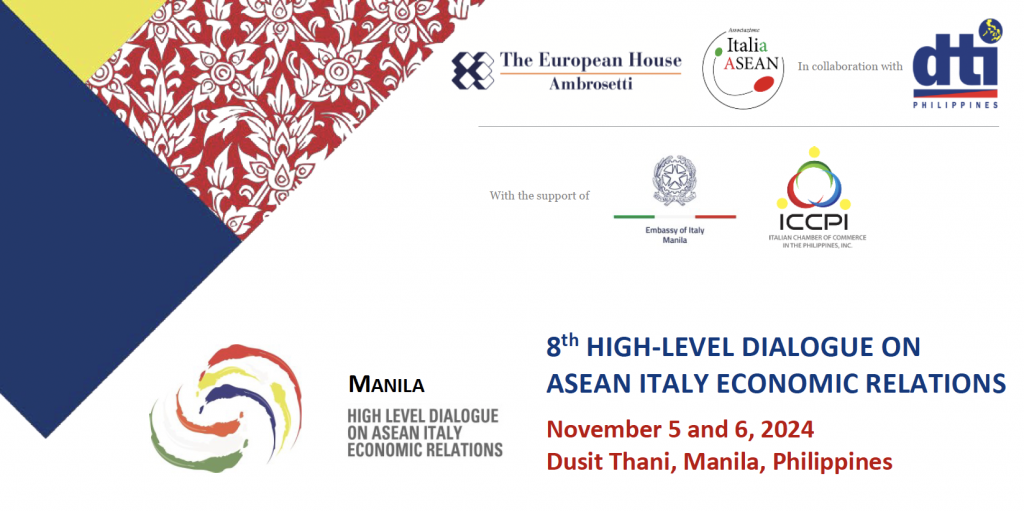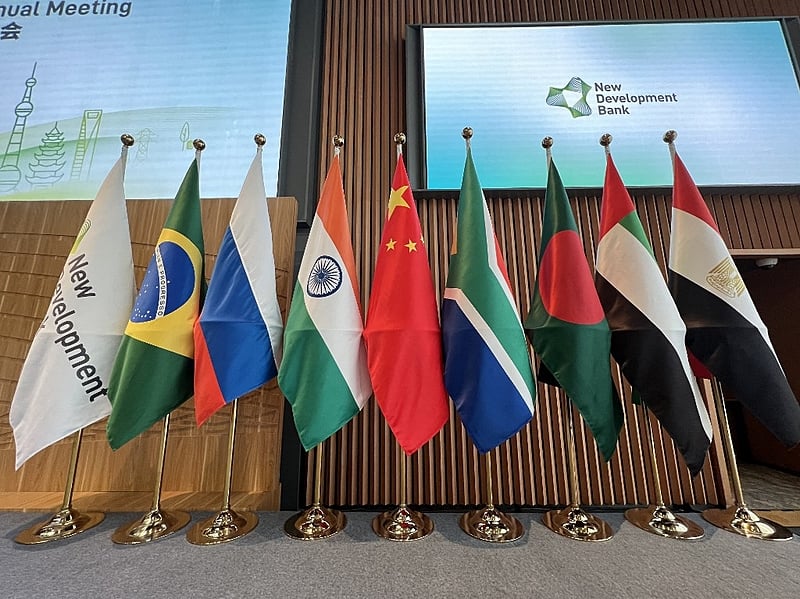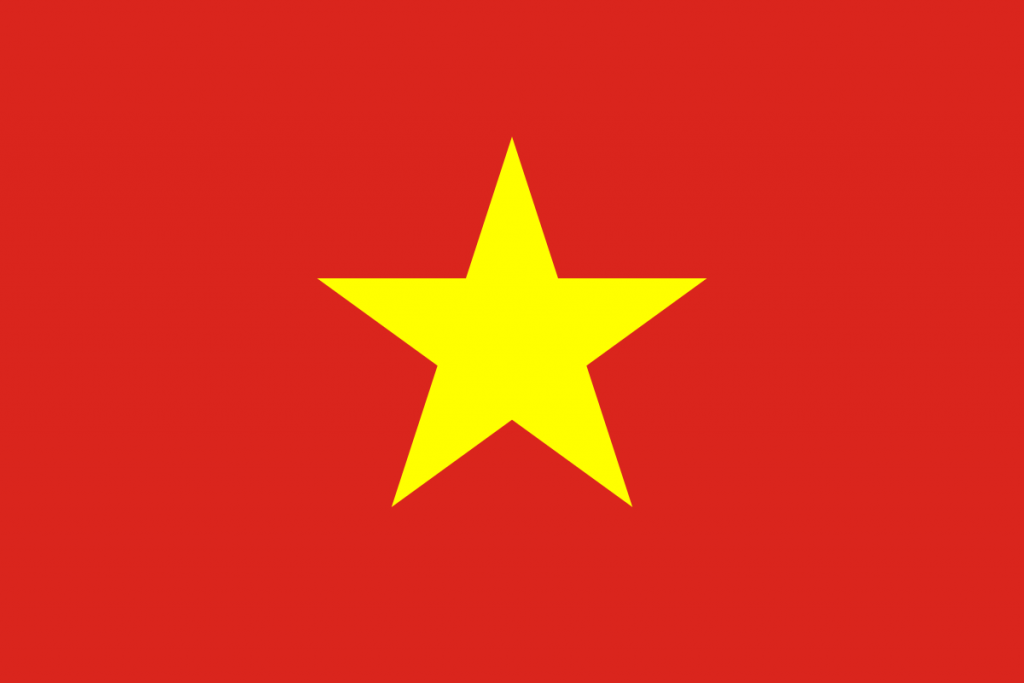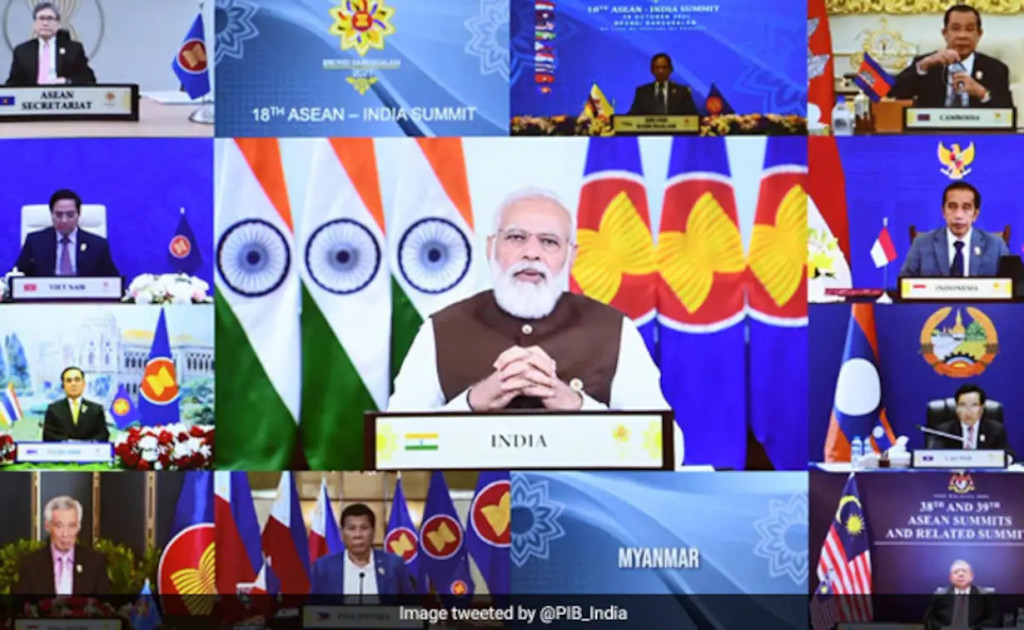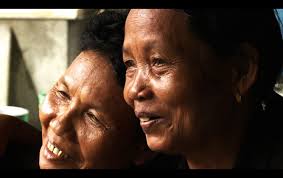Artificial intelligence is set to radically transform Southeast Asia, with estimates suggesting a potential increase in regional GDP of up to $950 billion by 2030
By Luca Menghini
In recent years, the role of artificial intelligence (AI) has captured the attention of governments and industries worldwide, and Southeast Asia is no exception. ASEAN’s ability to harness AI’s potential has become a relevant topic, especially considering the region's diverse economies, ranging from countries with advanced digital infrastructure, such as Singapore, to emerging economies still working to overcome digitalization challenges.
Although AI can bring significant economic benefits, the challenge of governance and innovation requires a collective response from ASEAN member states. A crucial moment for AI governance in the region was marked by the publication of the "ASEAN Guide on AI Governance and Ethics" in February 2024. This guide presents a comprehensive approach to establishing a region-wide framework based on principles such as transparency, fairness, and accountability. The aim is to balance regulation with innovation, considering the diverse socioeconomic conditions of member countries.
The guide promotes the voluntary adoption of these guidelines, offering recommendations at both regional and national levels. This makes it a flexible but essential tool for aligning AI development with ethical and sustainable practices. Some member states, such as Singapore, have already developed national strategies. Singapore's "Model AI Governance Framework," updated in 2023, represents an example of how a government can implement AI policies to foster technological growth and responsible use. Indonesia and the Philippines are also following this example, aiming to propose a regional AI regulatory framework by 2026.
Artificial intelligence is set to radically transform Southeast Asia, with estimates suggesting a potential increase in regional GDP of up to $950 billion, or 13%, by 2030. However, the disparity in investments and infrastructure among ASEAN countries poses a challenge to fully realizing this potential. Singapore attracts most AI investments in the region, surpassing large economies like Indonesia and Malaysia. In 2023, Singapore secured $8.4 billion in venture capital for AI, compared to $1.9 billion for Indonesia and just $95 million for Vietnam.
Efforts to close this gap include collaborations with major AI companies, such as the partnership between Singapore, Malaysia, and Nvidia to build supercomputers and enhance AI-related manufacturing. These initiatives are crucial for positioning the region as a hub for AI innovation, particularly in sectors such as healthcare, agriculture, and finance. Local AI developments, such as PhoGPT in Vietnam, show how ASEAN countries are starting to carve out a niche in the global AI ecosystem, addressing the region’s specific needs.
Although the benefits of AI are evident, concerns are growing about the environmental impact of data centers and the high energy consumption required to train large language models. It is expected that AI development will double the number of data centers globally by 2030, with a corresponding increase in electricity consumption. For ASEAN, this poses a sustainability challenge, especially in countries heavily reliant on fossil fuels.
The ASEAN Guide on AI Governance has begun to address these concerns, promoting AI practices that take environmental and sustainability factors into account. With AI’s growing importance, member states will need to shift toward advanced technologies that consider environmental implications, potentially making AI a key element in both economic growth and climate resilience.
To fully exploit AI’s potential, ASEAN countries must collaborate more effectively, especially in areas like cross-border data flows, skill development, and regulatory harmonization. The new AI Guide suggests the creation of an ASEAN working group to oversee AI governance initiatives and facilitate knowledge sharing between more advanced economies, like Singapore, and less developed ones, such as Cambodia and Myanmar.
Initiatives aimed at building a workforce prepared for AI are of fundamental importance. Singapore’s AI apprenticeship programs serve as a model for improving and expanding the regional workforce, a crucial factor in mitigating the negative effects of automation. Expanding such programs across the region could help ensure a more equitable distribution of AI benefits.
The rise of AI in ASEAN presents both a significant opportunity and a challenge. On the one hand, it offers a path to substantial economic growth and technological leadership. On the other, it requires careful governance to ensure ethical, sustainable use and equitable access across the region. The recent steps taken by ASEAN, including the publication of the AI Governance Guide, demonstrate a commitment to responsible AI development. However, to truly accelerate the AI era in the region, ongoing developments, investments in innovation, collaboration, and inclusive growth will be necessary.


